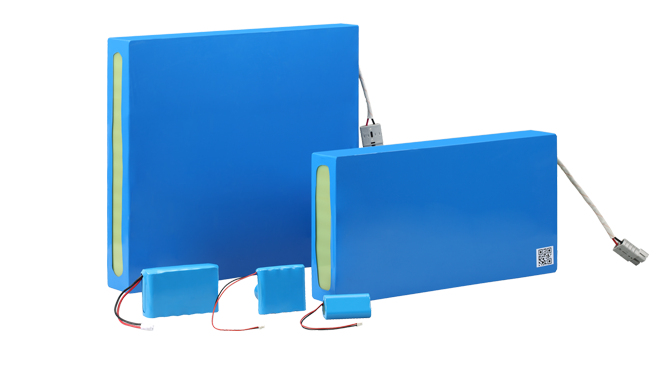Production process of lithium batteries for solar street lights.
Solar street lights are commonly seen on rural roads in urban areas, and they are closely related to our daily lives. But do you know about the lithium battery in solar street lights? Do you need a production process to understand this lithium battery? Let's take a look together at what we don't know.
Production process of lithium batteries for solar street lights
1. Battery testingConsidering the randomness of the manufacturing conditions for solar cells, the performance of the produced batteries varies. Therefore, battery testing is conducted by classifying the output parameters (current and voltage) of the tested batteries. To improve the utilization rate of batteries and produce high-quality battery components.

It is to weld the busbar to the main grid line on the front (negative electrode) of the battery. The busbar is a tin plated copper strip, and the welding machine we all use can spot weld the welding strip to the main grid line in multiple points. Connect the two front panels correctly.
Reverse welding is the process of connecting 36 batteries together to create a component string. The current technology we use is manual, and the positioning of the batteries relies heavily on a membrane plate with 36 grooves for placing solar cells. The size of the grooves corresponds to the size of the battery, and the position of the grooves has been designed. Different modules of different specifications use different templates. The operator uses electric chromium iron and solder wire to weld the front electrode (negative electrode) of the front battery to the back electrode (positive electrode) of the rear battery. In this way, the 36 batteries are connected together in sequence and leads are welded to the positive and negative electrodes of the component string.
After the reverse connection is good and passes the inspection, lay the component string, safety glass, and cut EVA plastic, fiberglass, and back panel in a certain layer, and prepare the lamination in advance. Apply a layer of primer to the safety glass in advance to increase the bonding compressive strength between the safety glass and EVA plastic. When laying, ensure the relative position between the battery string and materials such as safety glass, adjust the distance between the batteries, and lay a foundation for lamination. (Laying hierarchy: from bottom to top: safety glass, EVA plastic, battery, EVA plastic, fiberglass, back panel).
5. Component lamination: Place the laid battery into a laminating machine, use vacuum to extract the air inside the component, and then heat to melt the EVA plastic to bond the battery, safety glass, and back panel together; Finally, cool down and remove the components. The lamination process is a crucial step in component production, and the lamination temperature and time are determined by the properties of EVA. When we use fast curing EVA, the lamination cycle time is about 25 minutes. The curing temperature is 150 ℃.
During lamination, EVA melts and solidifies outward due to pressure, forming burrs. Therefore, it should be cut off after lamination is completed.
Similar to putting a frame on glass; Install aluminum frames on glass components to increase their strength, further seal battery components, and extend the battery's lifespan. The gaps between the frame and glass components are filled with silicone resin. Connect the borders with corner keys.
Weld a box at the back lead of the component to facilitate the connection between the battery and other devices or batteries.
High voltage testing refers to applying a certain voltage between the component frame and electrode leads to test the voltage resistance and insulation strength of the component, in order to ensure that the component is not damaged under harsh natural conditions (such as lightning strikes).
E-Mail: inquiry@fentbattery.com
Tel: 0086 20 3901-1403
Address: No.3, Dongli Road, Xili, Dongyong Town, Nansha District, Guangzhou City, China
Copyright@ China lithium ion battery manufacturers & suppliers & producers | Lithium Battery Factory & Company-BATTSYS Sitemap